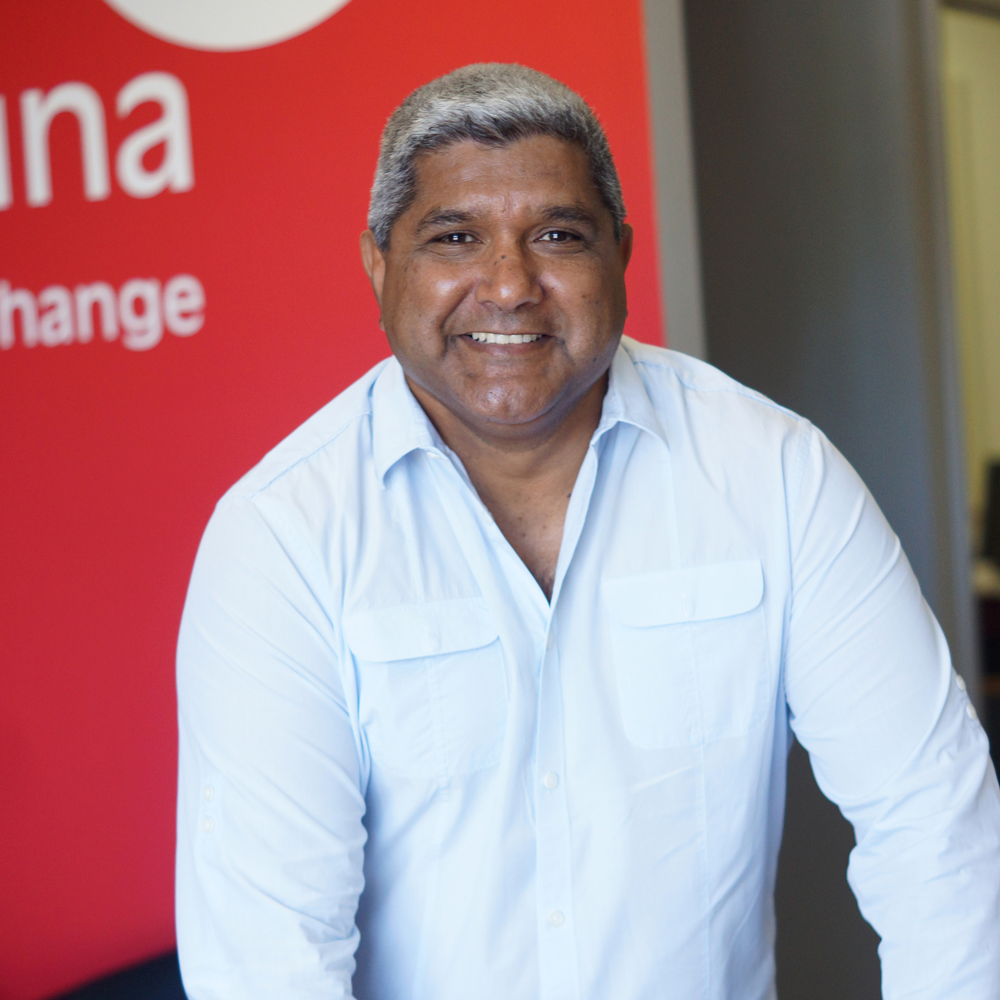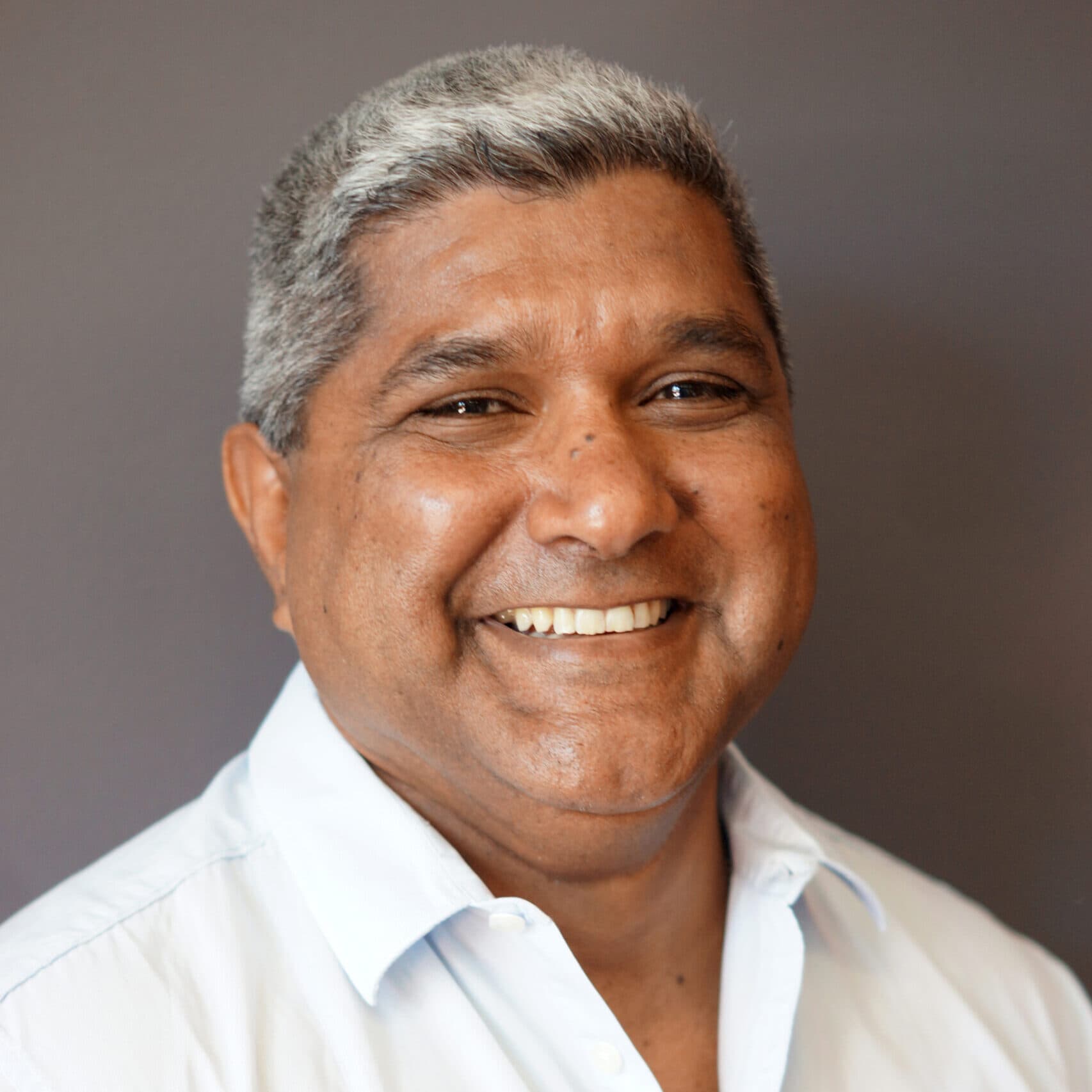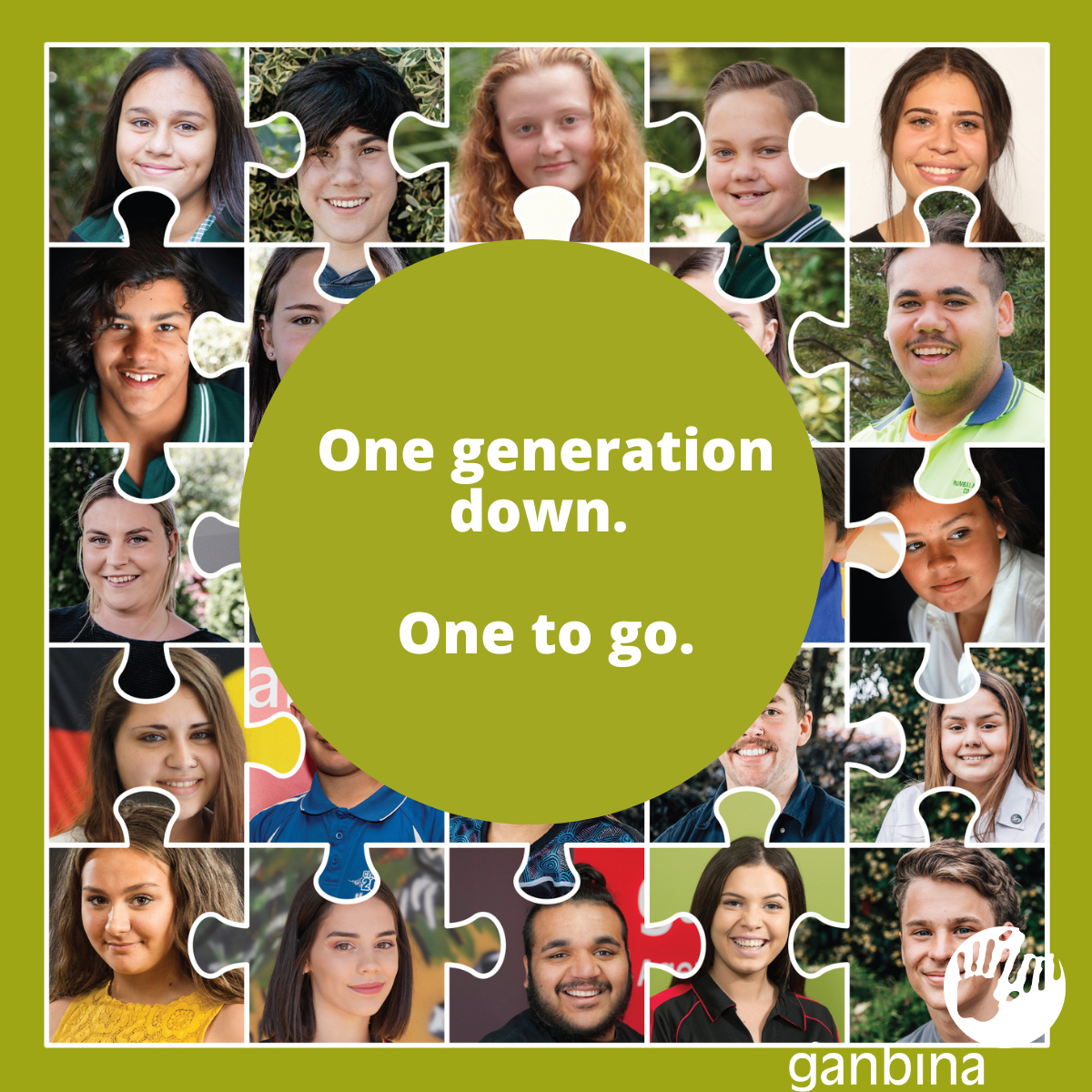
Late 1990s
Shepparton, an urbanised community in northeast Victoria and home to the state’s largest Aboriginal and Torres Strait Islander population outside of Melbourne.

Late 1990s
Adrian Appo OAM, a Gooreng Gooreng man, moves to Shepparton from Queensland. He begins working at the Commonwealth Employment Services.

Late 1990s
Adrian leaves the Commonwealth Employment Services and begins working at Worktrainers.

“That’s where the idea for Ladders to Success came from.”
– Adrian Appo, Ganbina Founding CEO

1997
Adrian meets with local Aboriginal and Torres Strait Islander community leader Paul Briggs AO and former Commonwealth Employment Services Manager Shane O’Brien.

1997
Adrian launches an Aboriginal and Torres Strait Islander employment agency KEETA (Koori Economic and Employment Training Agency) while still working at Worktrainers.

1997
Adrian asks Jim O'Connor, Worktrainers CEO, for his help with obtaining funding for Ladders to Success.

1997
In its first year, Ladders to Success aims to place 20 unemployed Aboriginal and Torres Strait Islander people into employment.

2000
By its third year of operation, 125 out of 131 unemployed Aboriginal and Torres Strait Islander people are in work.

2000
Stepping Stones also proves successful. This program aims to help Aboriginal and Torres Strait Islander males who have ongoing problems with the criminal justice system to identify study or career paths they can enter.

Early 2000s
Despite the success of Ladders to Success and Stepping Stones, Adrian is troubled by the idea of needing to be unemployed before being able to access assistance.

2004
Adrian launches a new program, Jobs4U2. This program is a school-to-work transition program for Aboriginal and Torres Strait Islander children and youth.

"What I liked about it (the timeline of Jobs4U2) was its practical approach. Two generations. Not two, or five, or seven years. Two generations is the right approach, it takes a wise, long-term view of the problem. It says we can’t fix it overnight, but in time – we can."
- Jim O’Connor, former Worktrainers CEO

2005
33 Aboriginal and Torres Strait Islander students enrol in Jobs4U2. 100% successfully complete the program.

2006
Jobs4U2 increases to 129 participants. This year, the Aboriginal and Torres Strait Islander education retention rate in the Goulburn Valley drastically increases.

2006
Ganbina moves out of the Worktrainers building into its own office in Shepparton’s city centre.

2006
Craig Marshall joins Ganbina as finance manager and stresses to Adrian the importance of helping Aboriginal and Torres Strait Islander kids get an after-school job.

2007
Ganbina enrols 235 Aboriginal and Torres Strait Islander youth in Jobs4U2.

2008
A waiting list for Jobs4U2 has to be established.

2009
KEETA changes its name to Ganbina.

"What I love the most about Ganbina is that it’s getting to the heart of systemic issues. To me that is where the change happens."
- Hayley Morris, Morris Family Foundation

2009
Ganbina engages Social Ventures Australia (SVA) to independently evaluate the effectiveness of the Jobs4U2 program.

2012
Adrian announces he will retire from Ganbina as CEO.

2013
Anthony Cavanagh replaces Adrian as CEO.

2014
Anthony pursues Ganbina's mission to expand the program to other Aboriginal and Torres Strait Islander communities.

2017
Anthony meets with Hayley Morris of the Morris Family Foundation to discuss a potential expansion of the Jobs4U2 model into Northern Queensland.

2018
Ganbina opens its first expansion site in Townsville and Bundaberg, Queensland.

2019
100% of Aboriginal and Torres Strait Islander Year 12 students enrolled in the Townsville program graduate Year 12.

2020
Ganbina’s programs have generated a social value of $43.4 million.

2020
399 Aboriginal and Torres Strait Islander children and youth are enrolled in Jobs4U2.

2022
On average 88% of Jobs4U2’s Year 12 students graduate from high school.

August 25th 2022
The first generation is complete.

2022-Present
Ganbina continues to operate its Jobs4U2 program in the Goulburn Valley with the aim of completing a second generation by 2047.
More about us
Focus on readiness for work, not work placement.
Learn where we've come from and where we're going.
Meet our people, our leaders, our change makers.



